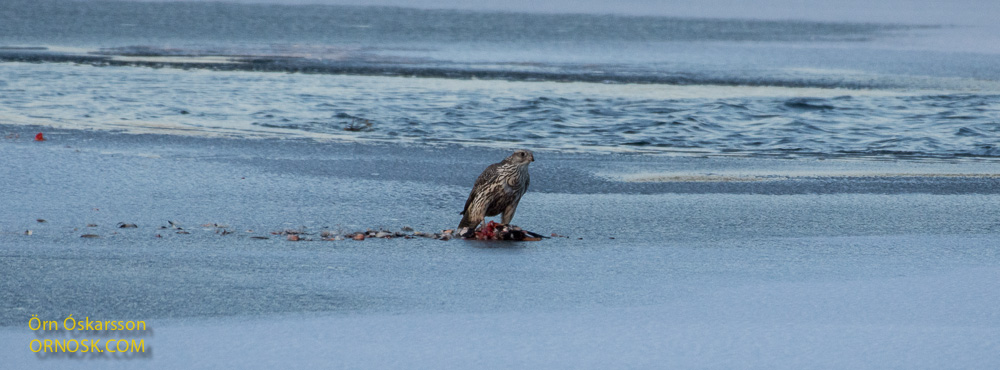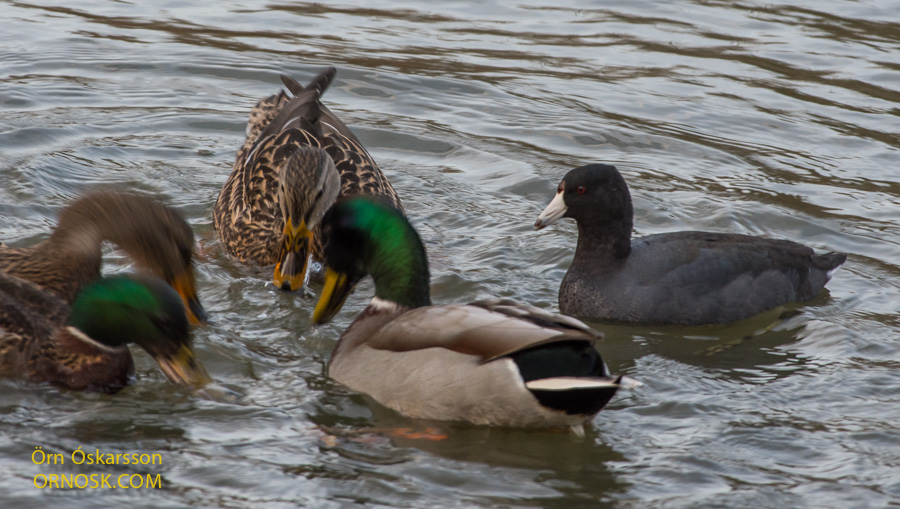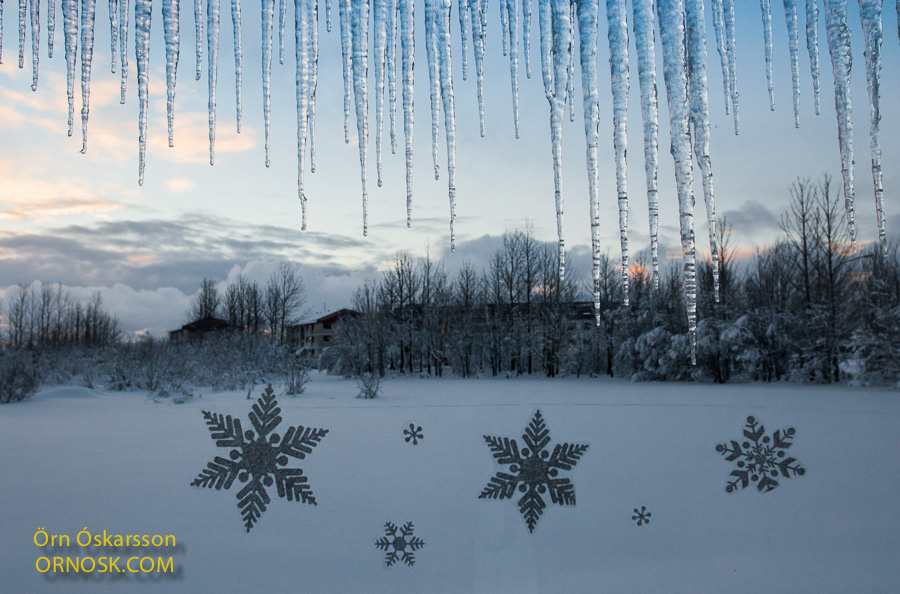All posts by Kristin
Geysir and Strokkur

The area is called Geysir although today Strokkur geyser is the one that people come to see. Geysir is a geyser, the ONE that gives its name to the phenomena. Only once in a while does the old Geysir erupt whereas Strokkur erupts every 5-10 minutes. The term geyser is described: “A geyser… is a spring characterized by intermittent discharge of water ejected turbulently and accompanied by steam.”
Last weekend was beautiful, the countryside was covered with snow and the sun was shining brightly, as can be seen in the photos.
The Geysir area is one of the most popular tourist attractions in South Iceland and an increasing number of tourists visit it daily. It is situated inland in the South of Iceland about one and a half hours drive from Reykjavík, the capital. From Selfoss it is about one hours drive. A trip to Geysir usually also involves a visit to Gullfoss which is only about 10 minutes drive away.
Out on the ice

It is always exciting to see a Gyrfalcon, the biggest falcon in the world. Its main food source in Iceland is the Ptarmigan but it also hunts other birds such as ducks, geese and gulls. Last weekend we saw a Gyrfalcon eating a duck far out on the ice on Ellidavatn Lake, just outside Reykjavik. The Gyrfalcon was shy and not prepared to let a photographer get anywhere near.
By cropping the photo identification was possible and this time the Gyrfalcon had managed to catch a male Red-breasted Merganser.
American Coot alone in Iceland

The American Coot is a very rare visitor in Iceland but one is now staying in the Reykjavík area. This is the sixth bird seen in Iceland so far. In North America the Coot is a common bird in freshwater wetlands. The American Coot is not a duck. It is a relation of the European Coot and is in lineage with cranes and rails.
The Coot is in the company of a group of Mallards that mostly stay on a pond where the birds are fed.
Full of life again

After a collapse in the biota, Kolgrafafjörður is again teeming with life. The silver darlings have returned to the fjord. Kolgrafafjörður is a shallow fjord on the northern side of Snæfellsnes. It is known for being a good food source for birds and sea mammals. In 2004 a road was constructed and a bridge built on the outer side of the fjord resulting in less renewal of seawater inside the fjord.

Once in a while huge amounts of herring used to come into the fjord during the winter months and the bridge did not change that. A lot of birds and small sea mammals followed the herring. This created a sensational spectacle by the bridge when the tide went in and out as Gulls, Northern Gannets and Great Cormorants fought to catch the herring. Harbour Seals, Grey Seals and Killer Whales were also a common sight by the bridge.
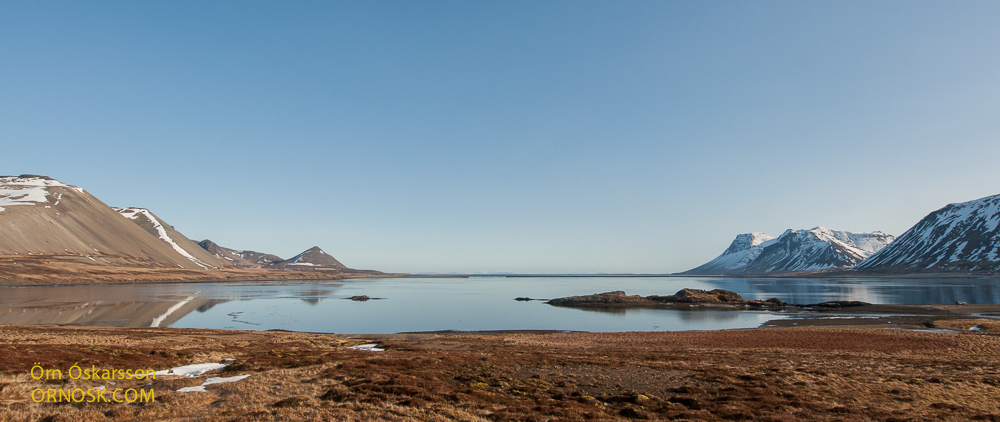
In 2011 – 2014 huge amounts of herring gathered in the fjord inside the bridge. In the winter of 2012 – 13 the herring died probably from lack of oxigen. It is estimated that around 50,000 tons of herring died this winter. This resulted in the collapse of the biota. Now the herring is back and Kolgrafafjörður is again full of life, – an attraction for bird watchers and nature lovers.
Saint Thorlakur’s Day
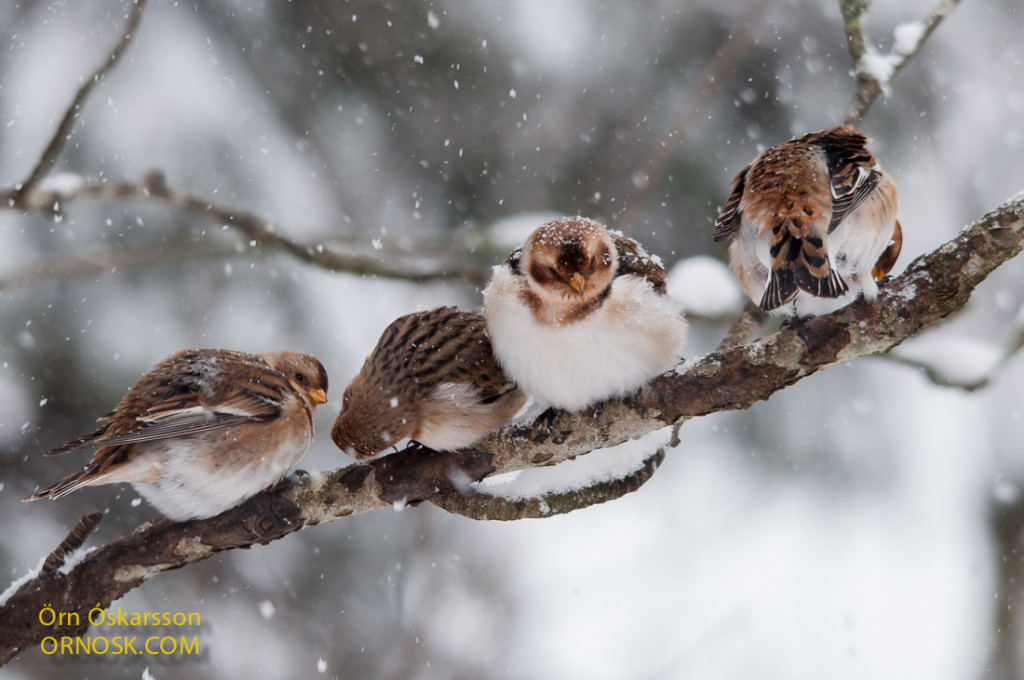
Today is St. Thorlakur’s Day. Thorlakur was an Icelandic bishop in Skalholt and died on December 23, 1193. This is the day for last minute gift shopping, decorating the Christmas tree and many eat the traditional fish Skate, which smells horrible.

Three days to Christmas
Three days to Christmas. It snowed today and the forecast predicts temperatures below zero. In the North it will be the coldest, with temperatures down below minus 20°C. In the South it will be warmer with temperatures down to around minus 10-12° C.
Fieldfare feeling at home
8 days to Christmas
It is 8 days to Christmas. The ice crystals from last weekend have melted away and the snow has changed into huge slabs of ice that is melting slowly away. The long term weather forecast predicts a white Christmas with snow and frost in the last days before Christmas.
Short days and long nights
It is 16 days to Christmas and the sun just crawls above the horizon these days. Winter solstice is on December 22. It is the day in the year that is the shortest with the longest night. Today sunrise was at 11:05 and sunset at 15:35. It was light for 4 hours and 29 minutes.




